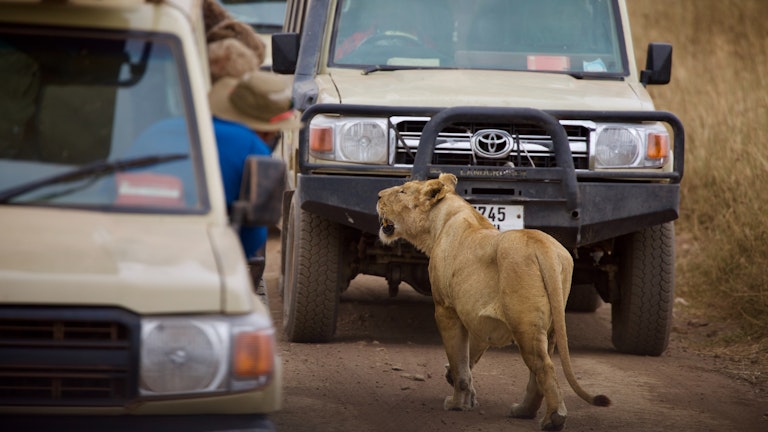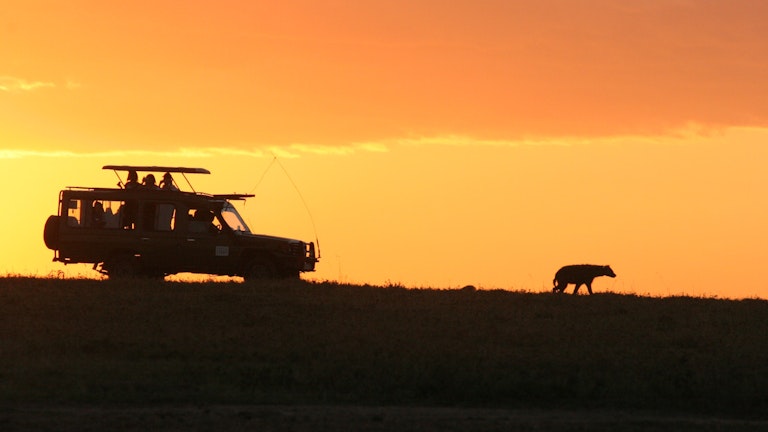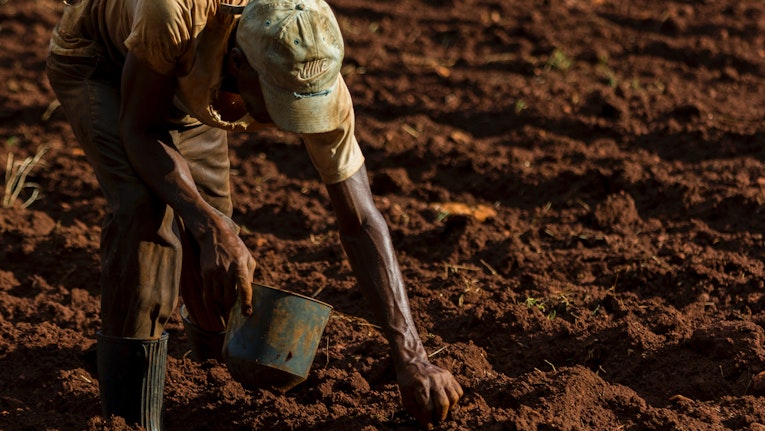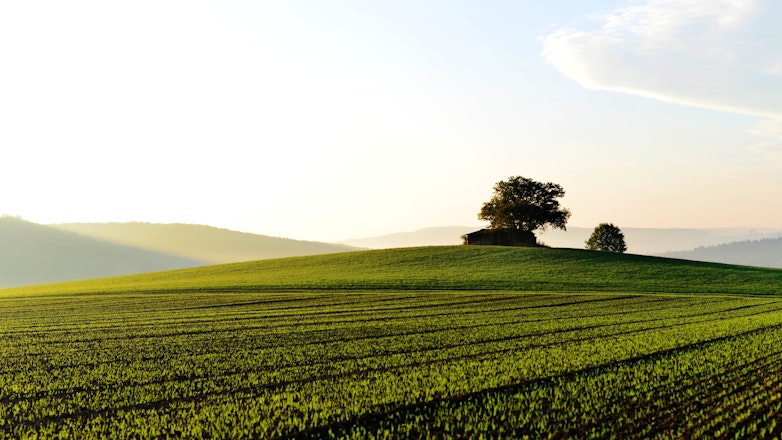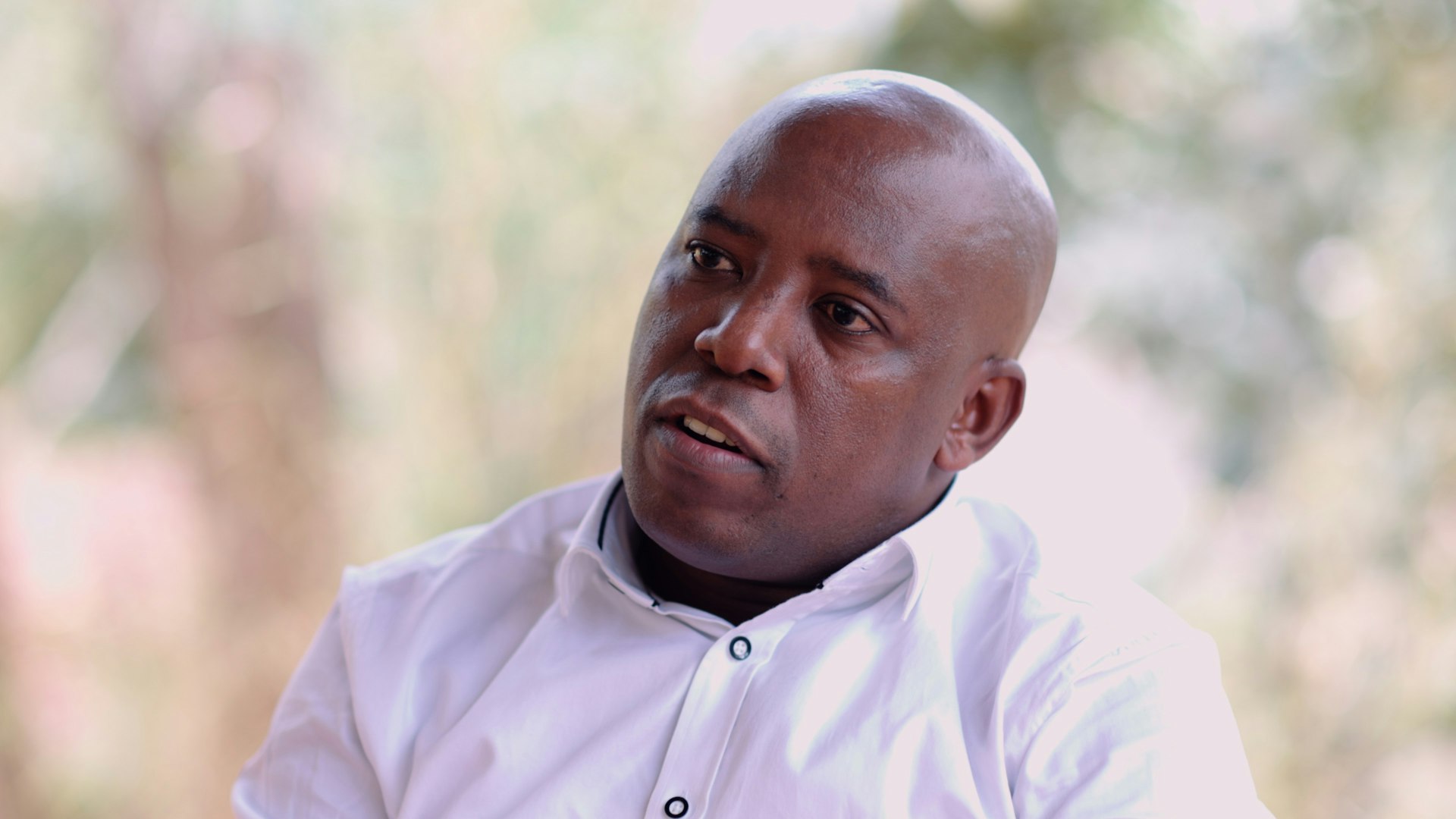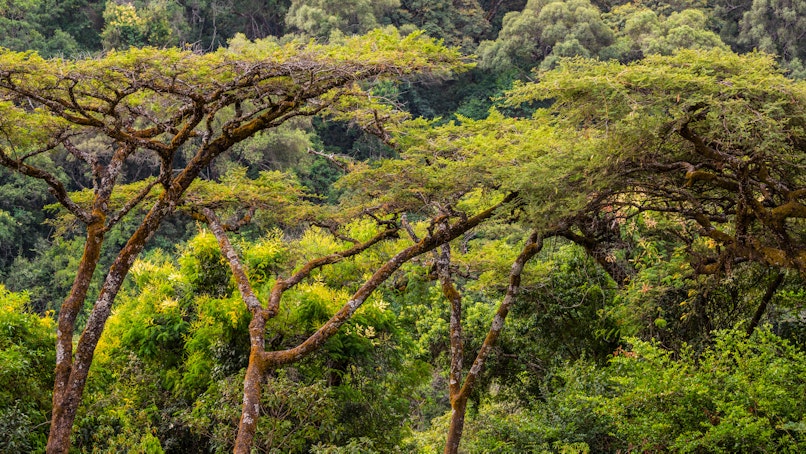
Ethiopia's destructive civil war between the Tigray region and the federal government stretches into its second year, with few signs of reconciliation or victory. As well as extensive loss of life, and damage to tourism and industry, the region also faces massive environmental casualties.
Ethiopia's destructive civil war between the Tigray region and the federal government stretches into its second year, with few signs of reconciliation or victory. As well as extensive loss of life, and damage to tourism and industry, the region also faces massive environmental casualties.
The damage to forests, wildlife and biodiversity accompany fears of increasing levels of desertification and famine.
One potential defence to restore ecologically vital resources are community-based conservation programmes that intermingle the spiritual and ecological, helping to save the country’s last remaining pockets of forest – the ‘church forest’.
‘If you see a forest in Ethiopia, you know there is very likely to be a church in the middle’. Dr. Alemayehu Wassie.
Today, these unique pockets of biodiverse forest - numbering around 35,000 - surround a select few of Ethiopia’s orthodox churches. They are all that’s left of the tall, lush natural forests that once covered Ethiopia which, along with their biodiversity, have all but disappeared over the past century.
Each church forest is protected by their religious stewards and the communities around them. They are tiny fragments of an almost lost past, and the centre of hope for conservation and future restoration.
Ethiopia’s deteriorating climate situation
Home to over 115 million people, Ethiopia is the second most populous nation in Africa (after Nigeria) and still the fastest growing economy in the region, with 6.3 percent growth in 2020/21. It’s also one of the poorest, with a per capita gross national income of $890.
As 80% of Ethiopia’s population live in rural areas, settlement enlargement, intensifying cattle grazing, and farmland degradation has caused recurring famines and a tree coverage loss of around 90% - it now remains at a meagre 4%.
What is a church forest?
With nearly 50 million members, the Ethiopian Tewahido Church is the country’s dominant religious group. According to the denomination’s religious beliefs, forests symbolise heaven on Earth - miniature Gardens of Eden.
Some of these hotspots for biodiversity, spirituality, and conservation are estimated to be 1,500 years old, as integral parts of religious and secular life since the fourth century A.D. Their purpose ranges from the religious to controlled habitats for plants, animals, and safe green spaces for people.
‘It’s a remote part of the world, where the natural environment has become part of the spiritual environment,’ Christof Mauch, director of the Rachel Carson Centre for Environment and Society at the University of Munich, Germany told Nature.
The importance of the forests in Ethiopia’s biodiversity conservation
‘Shadow conservation’ - conservation as a by-product of religious stewardship - is seen as vital for the continuance of much rural life in the central and northern highlands of Ethiopia.
Local communities rely on the church forests for essential ecosystem services, like fresh water, shade, crop pollination, tree seedling growth and pest control, further aiding the surrounding agricultural endeavours and acting as a barrier to desertification.
Over hundreds of years, the forests have become genetic repositories, essential for the future survival of human life in Ethiopia; their religious and community significance is equalled only by the importance of their ecological function.
Conservation initiatives in action
In recognition of the church forests’ role in Ethiopia’s sustainable future, global environmentalists have joined forces with locals to implement conservation schemes that both protect and nurture biodiversity growth.
Schemes like the TREE Foundation’s Ethiopia project aim to increase biodiversity and encourage sustainable local employment and spiritual survival. The project also collaborated with the National Geographic Society in cataloguing and tracking a wide variety of plant and animal species.
Meg Lowman, a forest ecologist at the California Academy of Sciences in San Francisco, joined forces with Ethiopian conservationist Dr Wassie. Together they worked closely with the priests to build low, simple walls to carefully demarcate the forests, as local farmers have allowed their animals to enter and graze on the undergrowth and saplings, or hunt for food there themselves.
The construction of stone walls also encourages the removal of stones from agricultural fields and provides labour to the rural sector, raising the crop yield and local productivity. Additionally, and most importantly, it allows a greater chance for forest expansion, preventing cattle from eating seedlings that stunts new forest growth.
The ecologists have also organised workshops for local communities and priests, providing educational resources and support to encourage greater stewardship across the community.
Seeing the good for the trees
A last refuge for many species, interwoven by spiritual reverence and community values, church forests are preserving Ethiopia’s few remaining indigenous forest and native species.
Despite their modest size and the threat of encroaching arid farmland, each forest represents fresh hope for future biodiversity restoration, sustainable development, and social cohesion in the face of Ethiopia’s rising, and ever-present ecological crisis.
